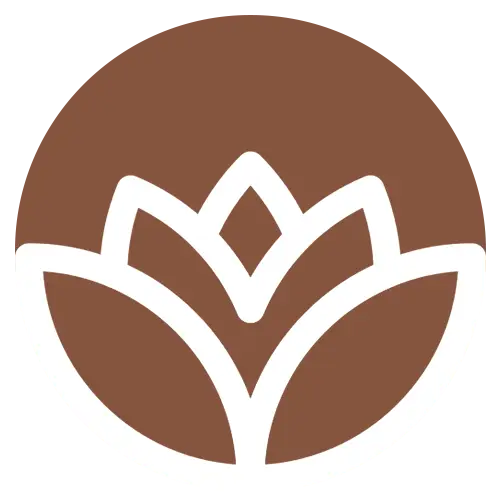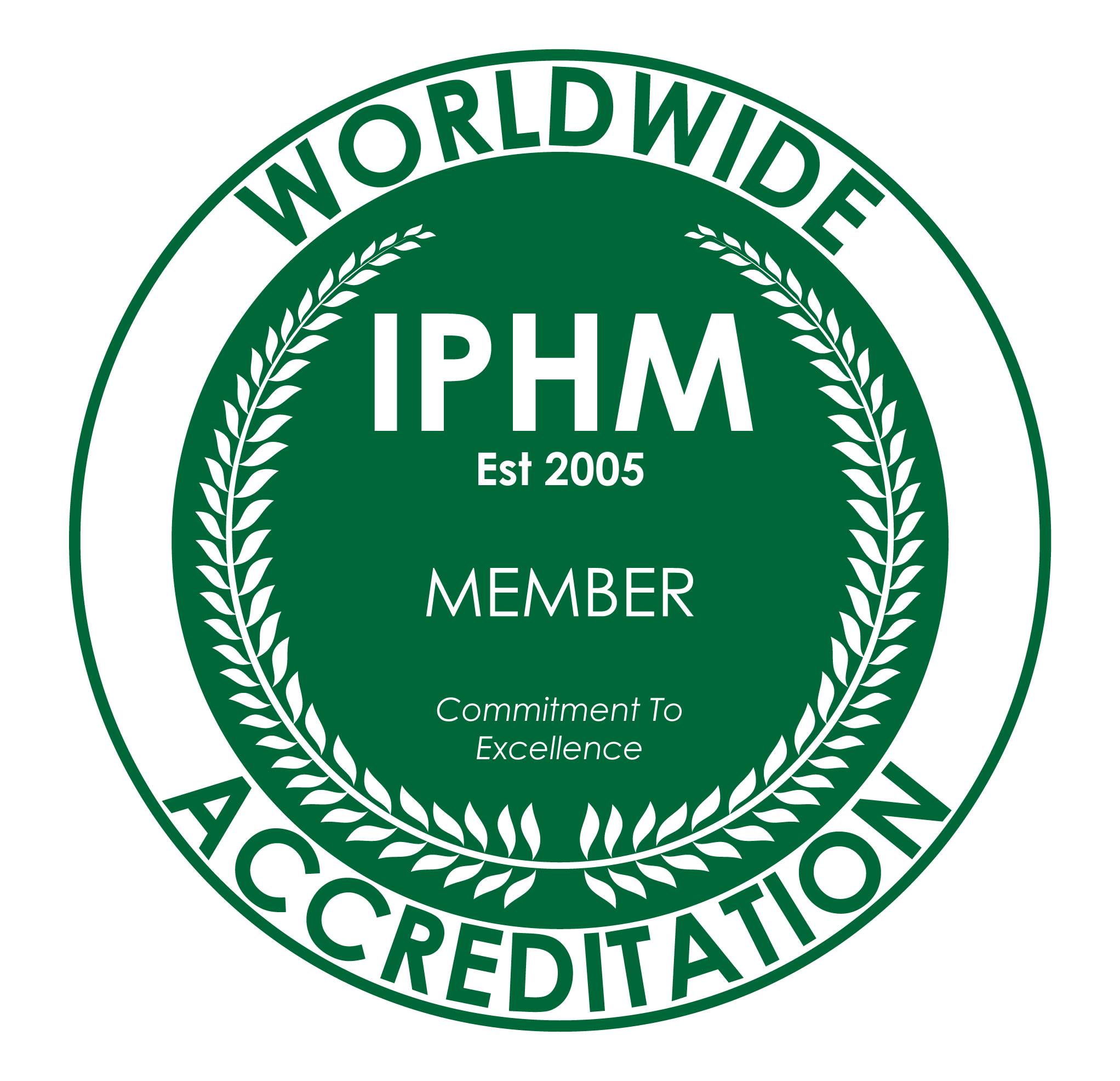Introduction: You Cannot Heal Alone
There’s a revolutionary understanding emerging in holistic healing: we aren’t meant to regulate our nervous systems in isolation. The idea that we should “self-soothe” or “calm ourselves down” through sheer willpower misses something fundamental about human biology – we’re wired for co-regulation.
As a holistic therapist working with clients across Ireland, the UK, and online worldwide, I’ve witnessed how the presence of safe others can transform nervous system states that years of solo practices couldn’t touch. Co-regulation isn’t weakness – it’s how we’re designed to heal.
What Is Co-Regulation?
Co-regulation is the biological process where one person’s regulated nervous system helps another person’s dysregulated system find balance. When you’re with someone whose presence genuinely feels safe, your heart rate begins to sync with theirs, your breathing naturally aligns, and your nervous system borrows their regulation until you can access your own.
This isn’t metaphorical – it’s measurable physiology. Research shows that when two people interact safely, their heart rate variability patterns begin to mirror each other, creating what scientists call “physiological synchrony.”
How Co-Regulation Works: Your nervous system is constantly scanning your environment for cues of safety or threat. When you’re with someone whose nervous system signals calm and presence, several things happen:
Your breathing naturally slows to match theirs. Your heart rate finds a steadier rhythm. Muscle tension you didn’t know you were holding begins to release. The part of your brain managing threat detection can finally rest.
This biological borrowing of regulation allows your system to experience what safety feels like, creating new neural pathways that remember: this is what settled feels like, this is what calm is possible.
Why Trauma Makes Co-Regulation Essential
When you’ve experienced trauma, your nervous system often gets stuck in defensive states – hypervigilance, shutdown, or ping-ponging between the two. Traditional advice says “learn to self-regulate,” but this ignores a crucial truth: trauma often happens in isolation or when safe others weren’t available to help regulate overwhelming experiences.
The Paradox of Trauma: Trauma survivors often need co-regulation most but trust it least. If your nervous system learned that other people are dangerous, if closeness led to hurt, if vulnerability meant violation – of course you’d resist the very relationships that could help heal.
This is where holistic approaches that honor your system’s wisdom become essential. Co-regulation isn’t about forcing connection or overriding your protective instincts. It’s about finding safe-enough relationships where your nervous system can slowly learn that connection can be regulating rather than dysregulating.
Finding Safe Co-Regulation Relationships
Not every relationship offers co-regulation. Some people’s dysregulated systems actually amplify your dysregulation. Others might be physically present but emotionally unavailable, offering no real nervous system support.
Signs of Co-Regulating Relationships: You feel calmer in their presence without them doing anything specific. Your breathing naturally deepens when you’re together. You can be yourself without performing or defending. Silence feels comfortable rather than tense. After time together, you feel more resourced, not depleted.
Red Flags for Dysregulating Relationships: Your body tenses when they enter the room. You find yourself holding your breath or breathing shallowly. You feel like you need to manage their emotions or reactions. After interactions, you feel drained or more anxious. Their presence activates your threat response even when nothing “bad” is happening.
Holistic Practices for Cultivating Co-Regulation
Conscious Breathing Together: When you’re with someone safe, try synchronizing your breathing. Not forcing it, just noticing when your rhythms naturally align. This simple practice strengthens co-regulation pathways.
Present Listening: Co-regulation happens when we’re truly present with each other. Practice listening without planning your response, without trying to fix, just being with the other person’s experience while maintaining your own centered presence.
Safe Touch: For those who feel safe with physical contact, simple touch – holding hands, a gentle hand on the shoulder, a hug – can be powerfully co-regulating. The key is consent and safety, never pressure.
Shared Regulated Activities: Walking together, preparing food side by side, sitting quietly in nature – activities where you’re together without intense interaction can allow co-regulation to happen organically.
GUIDED PRACTICE:
To experience co-regulation through guided practice, I’ve created a meditation that activates your social engagement system
This practice helps you access the biological capacity for finding safety through connection, even when you’re practicing alone – my voice serves as a co-regulating presence.
Co-Regulation in Holistic Therapy
In my holistic practice across Ireland and online, co-regulation forms the foundation of healing work. Before processing trauma, before exploring difficult memories, we establish a co-regulating relationship where your nervous system can borrow regulation from our therapeutic connection.
This isn’t dependence – it’s how your system learns what safe regulation feels like, building the capacity to eventually access this state more independently. But the learning must happen in relationship first.
What Holistic Co-Regulation Looks Like: Pacing sessions to match your nervous system’s capacity. Noticing when you’re becoming dysregulated and slowing down. Using my regulated presence to help your system settle before going deeper. Celebrating moments when your system finds regulation through our connection.
Moving from Isolation to Connection
Many people who’ve been hurt cope through isolation – if people are dangerous, staying alone feels safer. But prolonged isolation actually reinforces nervous system dysregulation. Your system needs safe others to learn regulation, but finding those safe others after trauma takes courage and discernment.
Start small. You don’t need many co-regulating relationships – even one or two safe people can transform your nervous system’s capacity. And remember, professional holistic practitioners can serve as co-regulating presences while you’re building capacity for connection in personal relationships.
Conclusion: Your Nervous System Needs Safe Others
The myth of complete self-sufficiency serves no one. We’re biologically designed for co-regulation, for nervous systems to find balance through safe connection. Healing doesn’t mean never needing others – it means building discernment about which relationships support your regulation and which ones don’t.
Your journey toward healing can include the medicine of safe relationships. Co-regulation isn’t bypassing your own healing – it’s how your nervous system learns what healed actually feels like.







